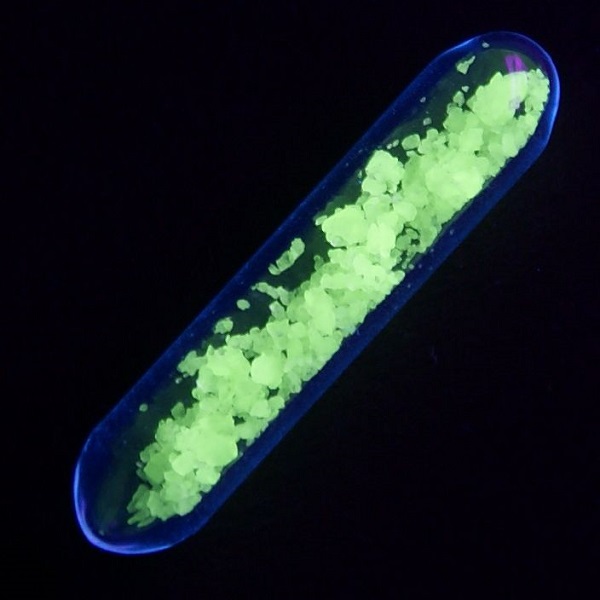Idylle Labs Blog
Scientists are coupling terbium nanoparticles with organic ligands that enhance the fluorescence and allow biomolecule labelling. They obtain fluorescent particles that are brighter than quantum dots while also having room for functionnalization. These next generation probes may find use both for in-vitro detection and fluorescence Imaging.
Posts
Scientists are coupling terbium nanoparticles with organic ligands that enhance the fluorescence and allow biomolecule labelling. They obtain fluorescent particles that are brighter than quantum dots while also having room for functionnalization. These next generation probes may find use both for in-vitro detection and fluorescence Imaging.

Silyl glyoxylates: LED-optimized photoinitiators (Cloner)

Ultrabright Terbium Nanoparticles
Scientists are coupling terbium nanoparticles with organic ligands that enhance the fluorescence and allow biomolecule labelling. They obtain fluorescent particles that are brighter than quantum dots while also having room for functionnalization. These next generation probes may find use both for in-vitro detection and fluorescence Imaging.

Silyl glyoxylates: LED-optimized photoinitiators
Publication: Silyl glyoxylates as a New Class of High Performance Photoinitiators: Blue LED Induced Polymerization of Methacrylates in Thin and Thick Films
Authors: Mariem Bouzrati-Zerell, Julie Kirschner, Christoph P. Fik, Maximilian Maier, Celine Dietlin, Fabrice Morlet-Savary, Jean Pierre Fouassier, Jean-Michel Becht, Joachim E. Klee and Jacques Lalevée.
#photochemistry #polymerization #LED #Photoinitiators
Journal Club sessions
Scientists are coupling terbium nanoparticles with organic ligands that enhance the fluorescence and allow biomolecule labelling. They obtain fluorescent particles that are brighter than quantum dots while also having room for functionnalization. These next generation probes may find use both for in-vitro detection and fluorescence Imaging.

Silyl glyoxylates: LED-optimized photoinitiators
Publication: Silyl glyoxylates as a New Class of High Performance Photoinitiators: Blue LED Induced Polymerization of Methacrylates in Thin and Thick Films
Authors: Mariem Bouzrati-Zerell, Julie Kirschner, Christoph P. Fik, Maximilian Maier, Celine Dietlin, Fabrice Morlet-Savary, Jean Pierre Fouassier, Jean-Michel Becht, Joachim E. Klee and Jacques Lalevée.
#photochemistry #polymerization #LED #Photoinitiators
You want to contribute?
Share
with the community the life science tools you like. The Idylle blog welcomes articles on the most innovative research tools to be featured.
More life science tools to try
You want the latest on the life science tools the community shares, tests and adopts? Sign up for Idylle's newsletter!
You can unsubscribe anytime. Read our Privacy Policy below.
